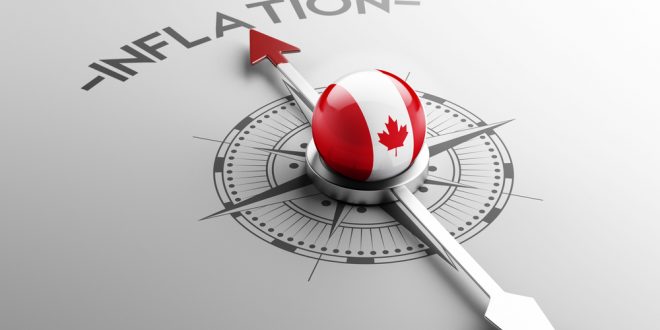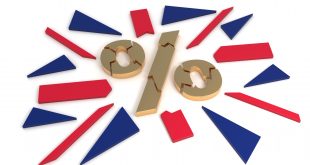Canada’s inflation rate remained at 1.7% in May 2025, according to Statistics Canada, signaling a complex economic landscape for the Bank of Canada (BoC) as it approaches its July 30 rate decision. While the data shows progress in some areas, persistent pressures and looming tariff impacts raise questions about the path forward. Here’s a look at the key dynamics and what they mean for monetary policy.
Inflation Trends: A Mixed Picture
The Consumer Price Index (CPI) rose 0.6% month-over-month in May, with a seasonally adjusted increase of 0.2%. Shelter costs, a major driver, grew 3% year-over-year, down from 3.4% in April, largely due to a slowdown in rent price growth in Ontario (from 5.4% to 3%). Increased rental unit availability and slower population growth contributed to this easing. Meanwhile, mortgage interest costs continued their decline, falling to 6.2% from 6.8% in April, marking 21 months of decreases.
Energy prices provided relief, dropping 15.5% year-over-year, driven by lower gasoline prices following the removal of the federal carbon tax. However, new vehicle prices surged 4.9%, hinting at early tariff effects. Air transportation costs fell 10.1%, while smaller price declines in gasoline and cell phone services limited broader downward pressure.
Core Inflation: A Step Forward
The BoC closely monitors core inflation measures like CPI-median and CPI-trim, both of which eased to 3% in May from 3.1% in April. This moderation suggests progress toward the BoC’s 2% target, but sustained improvement is needed to justify a rate cut. With core measures still above target, the BoC faces pressure to balance inflation control with economic growth.
Tariff Risks and Economic Outlook
Impending Canada-U.S. tariff deadlines in July 2025 add uncertainty. Tariffs could push prices higher, particularly for vehicles and imported goods, though a stronger Canadian dollar and softening demand—tied to a rising unemployment rate—may offset some effects. U.S. Federal Reserve Chair Jerome Powell noted tariffs could cause either short-term price spikes or persistent inflation, a concern echoed in Canada’s context.
Upcoming data, including retail sales, employment reports, and consumer surveys, will shape the BoC’s decision. If inflation expectations decline, the BoC may gain room to ease policy. However, a cautious approach seems likely after June’s decision to hold rates steady amid tariff uncertainty and prior core inflation upticks.
Looking Ahead
The BoC stands at a crossroads. May’s data offers cautious optimism, with easing core inflation and shelter costs. Yet, tariff risks and uneven price pressures demand vigilance. A July rate cut remains possible if incoming data confirms sustained disinflation, but October appears more likely unless economic resilience fades. Policymakers must weigh these factors carefully, ensuring stability while addressing growth challenges in a tariff-shadowed economy.

 Noor Trends News, Technical Analysis, Educational Tools and Recommendations
Noor Trends News, Technical Analysis, Educational Tools and Recommendations




